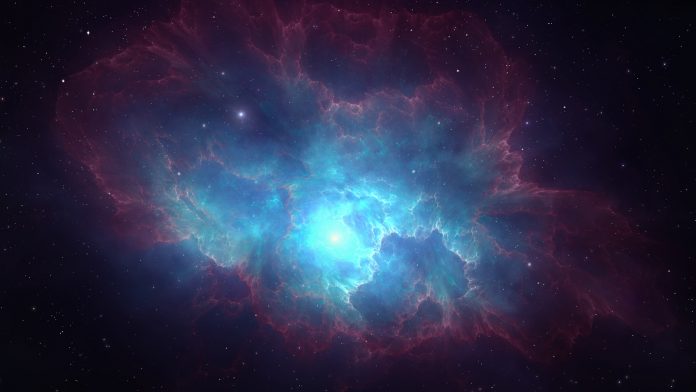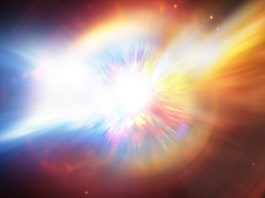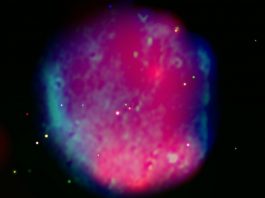Researchers unearth the process – known as quantum electrodynamic cascades – that can result in supernova explosions and cosmic radio bursts.
Researchers at Princeton University’s Department of Astrophysical Sciences, SLAC National Accelerator Laboratory, and the U.S. Department of Energy’s (DOE) Princeton Plasma Physics Laboratory (PPPL) have developed an encouraging technique for generating and observing on Earth a process significant to black holes, supernova explosions and other extreme cosmic events.
The process, called quantum electrodynamic (QED) cascades, may result in supernovas – exploding stars – and fast radio bursts that equal in milliseconds the energy the sun puts out in three days.
Producing QED cascades
The team developed the first theoretical demonstration when colliding a laboratory laser with a dense electron beam can create high-density QED cascades.
“We show that what was thought to be impossible is in fact possible,” explained Kenan Qu, lead author of a paper in Physical Review Letters (PRL) that illustrates the breakthrough demonstration. “That, in turn, suggests how previously unobserved collective effects can be probed with existing state-of-the-art laser and electron beam technologies.”
The process develops in a straightforward way. Colliding a strong laser pulse with a high energy electron beam splits a vacuum into high-density electron-positron pairs that begin to interact with one another. This interaction develops what is known as collective plasma effects that impact how the pairs respond collectively to electrical or magnetic fields.
Plasma, the hot, charged state of matter composed of free electrons and atomic nuclei, makes up 99% of the visible Universe. Plasma fuels fusion reactions that power the sun and stars, a process that scientists around the world are hoping to develop on Earth. Plasma processes throughout the Universe are strongly influenced by electromagnetic fields.
The PRL paper centres on the electromagnetic strength of the laser and the energy of the electron beam to create QED cascades. “We seek to simulate the conditions that create electron-positron pairs with sufficient density that they produce measurable collective effects and see how to unambiguously verify these effects,” Qu added.
The team discovered that the signature in the shift of a relatively intense laser to a higher frequency was triggered by the proposal to send the laser against an electron beam. “That finding solves the joint problem of producing the QED plasma regime most easily and observing it most easily,” Qu said. “The amount of the shift varies depending on the density of the plasma and the energy of the pairs.”
Beyond current capabilities
It had previously been hypothesised that adequately strong lasers or electric or magnetic fields could generate QED pairs. However, the necessary magnitudes are so high as to be beyond current laboratory capabilities.
However, “It turns out that current technology in lasers and relativistic beams [that travel near the speed of light], if co-located, is sufficient to access and observe this regime,” explained physicist Nat Fisch, professor of astrophysical sciences and associate director for academic affairs at PPPL, and a co-author of the PRL paper and principal investigator of the project.
“A key point is to use the laser to slow down the pairs so that their mass decreases, thereby boosting their contribution to the plasma frequency and making the collective plasma effects greater,” Fisch said. “Co-locating current technologies is vastly cheaper than building super-intense lasers.”
The novel study was financed by grants from the National Nuclear Security Administration and the Air Force Office of Scientific Research. Going forward, the researchers will test the theoretical findings at SLAC at Stanford University, where a relatively strong laser is being created and the source of electrons beams is already there.
“Like most fundamental physics, this research is to satisfy our curiosity about the universe,” Qu said. “For the general community, one big impact is that we can save billions of dollars of tax revenue if the theory can be validated.”









